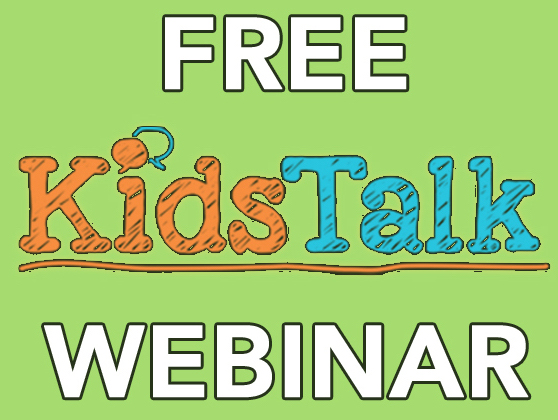
“No.”
If we could have one word to associate with a two-year-old, it would be the word “no”.
When a two-year-old realizes that he or she has the power to decide by saying a simple yes or no, we can observe a time-sensitive period in a child’s development. Establishing independence around age two, and exerting a self-directed will, is an inherent growth pattern in all of us.
We can expect two-year-olds to express their will both verbally and physically. This expression is part of the natural human process of realizing that you are an individual, with particular needs.
Around age six, children begin to develop a sense of belonging to a group and become aware that the group has specific needs and desires, outside each individual. Until that juncture in development, it is unrealistic for us to expect a child to understand others’ needs.
There are natural times in a person’s life that learning about how to become an individual, how to walk, how to talk, and how to become part of a group are part of the innate process of human development.
When a person fails to acquire certain skills at these important times, the effects can have long-term significance.
We know that if a child doesn’t speak by the age of six, the chances are the child will never speak. This is due to a sensitive period of language development in children from birth to the age of six.
Before the age of six, children are in a periods of growth where learning appears effortless. The child absorbs information and learns from interactions with the world. We don’t have to teach a child how to walk or talk because of these instinctive periods of development for language and movement.
Through their sixth year, children are in five major developmental periods.
What are these periods of growth and how can we support this development?
We can support this time of learning by being aware that this developmental growth is driving children’s behavior. As we watch our children, we can see that they are attracted to activities in these five major areas:
Understanding of the order of people, places and things
Developing social skills and relationships
Children are drawn to activities that help them create language, both spoken and written. They are acquiring motor skills, both large and small, and have a need to be involved in actions that use their whole body and/or hands. Hand and eye coordination is developing, along with the senses of taste, smell touch. Understanding what noises to pay attention to is also part of children’s normal process. For example, the child is learning to discern which is more important, the voices on the television or the adults in the room?
Understanding the order to everyday life, the significance of people in the child’s life, and the physical orderliness the world around him, guides the child’s behavior, and a disruption in that perceived order could create disturbances in the child’s behavior.
The child is interested in how to interact with others and easily learns a multitude of socials skills, such as please and thank you. The child is also creating a foundation for interpersonal relationships, while learning how to treat family and close friends.
These five time-sensitive areas for learning in the child create a driving force for the child’s actions, demeanor and conduct.
When you can recognize these forces of development within the child, you can be of genuine assistance as the child creates his or her unique personality and an individual who contributes to the whole.

